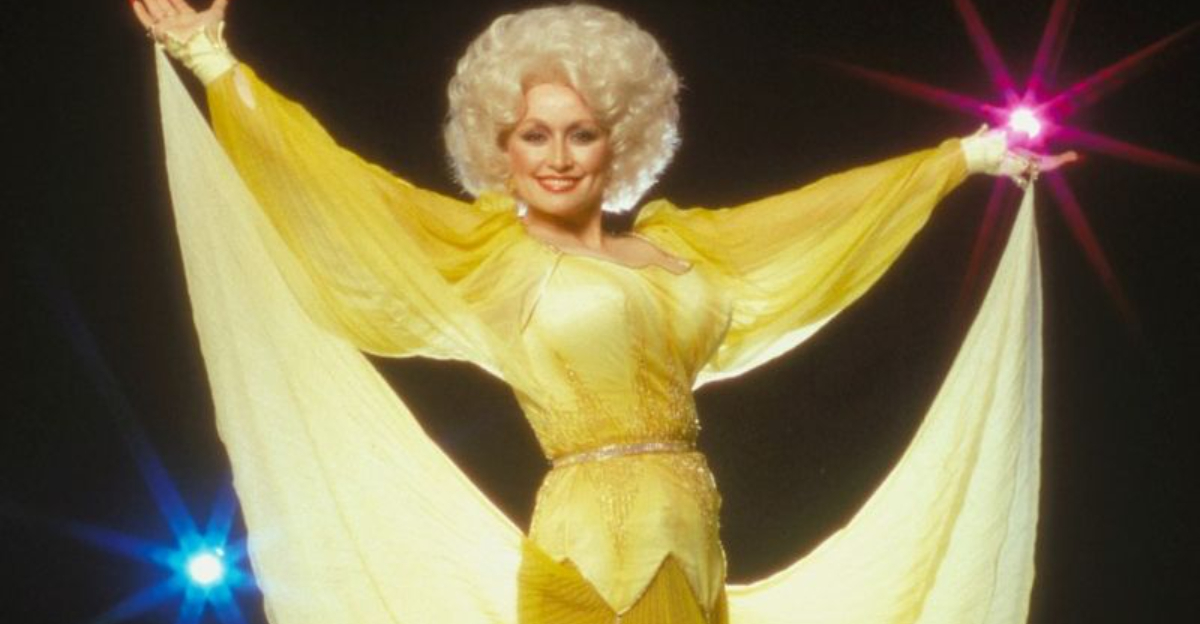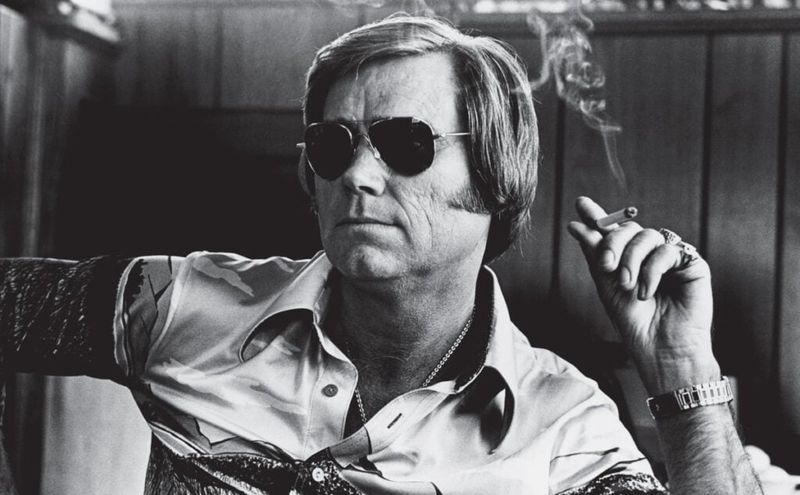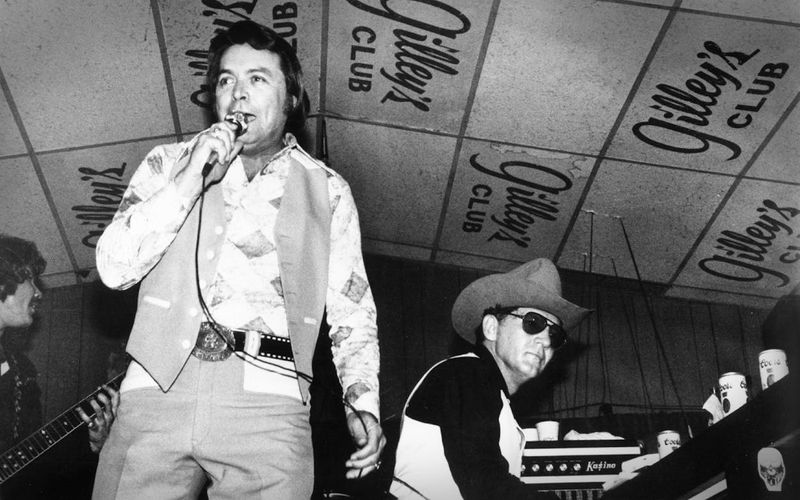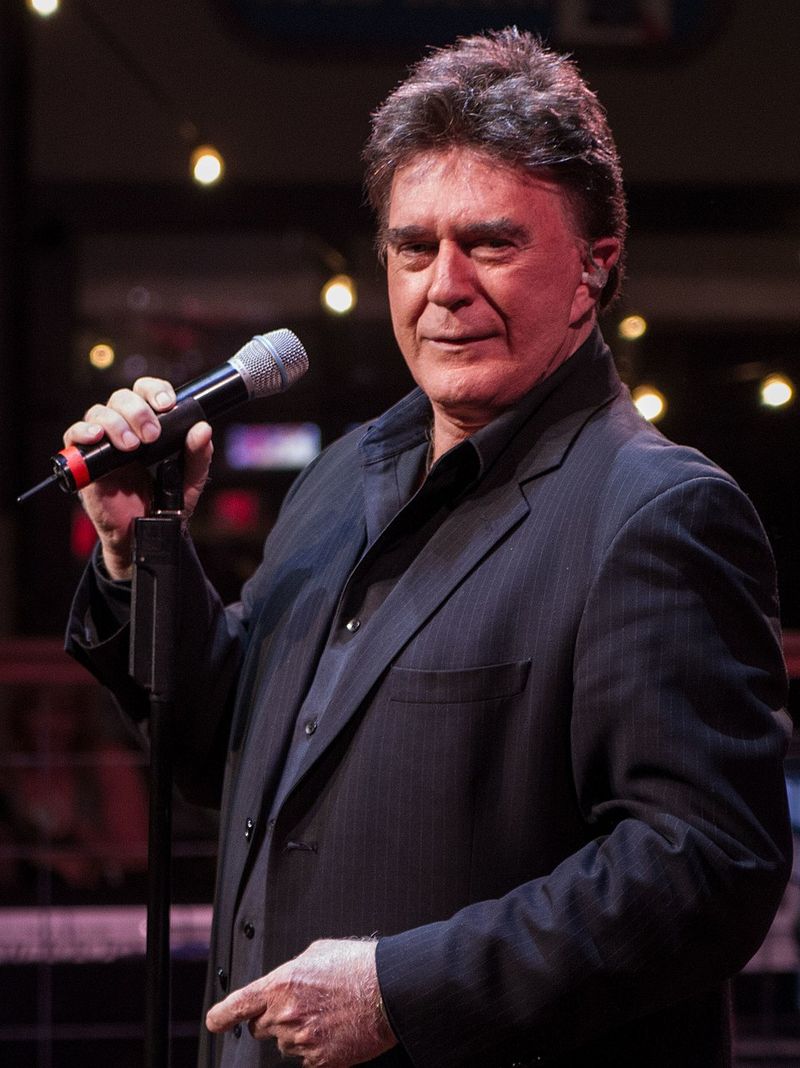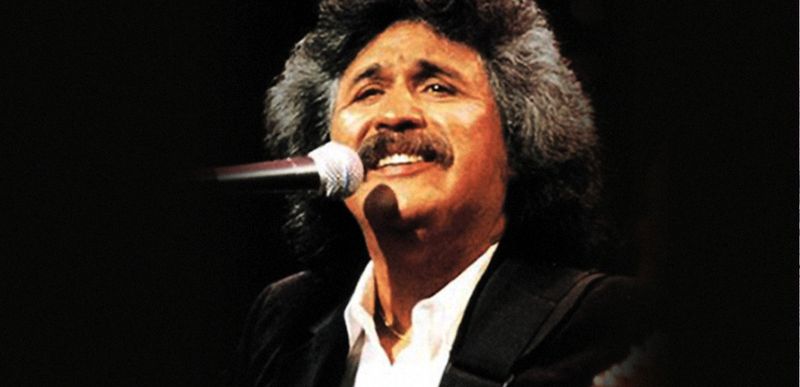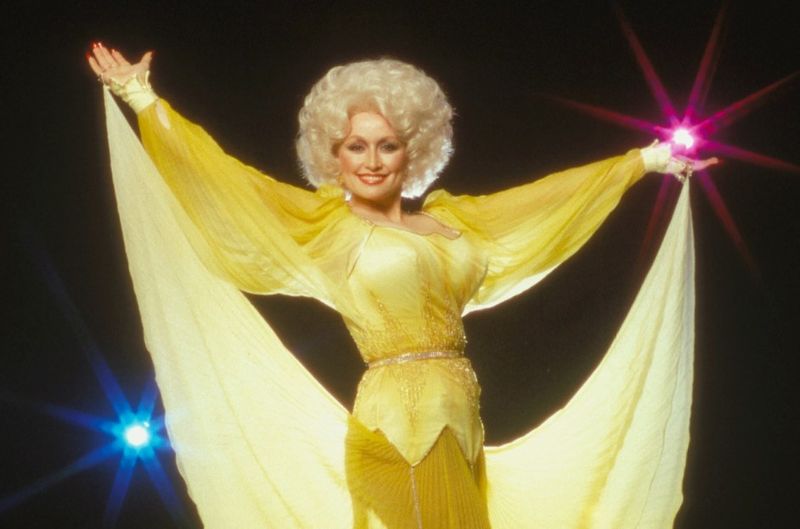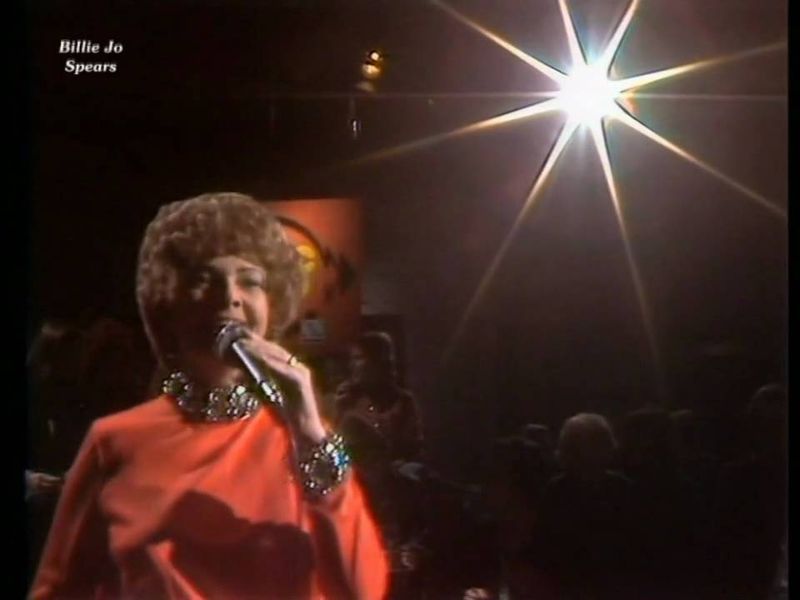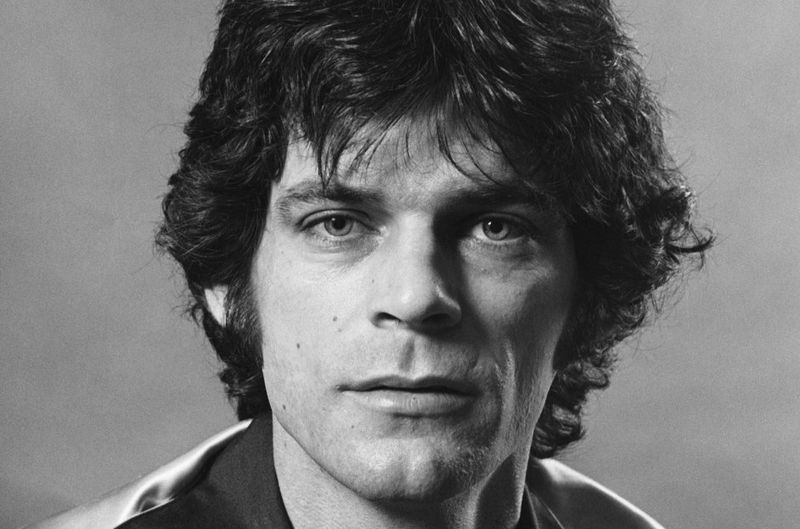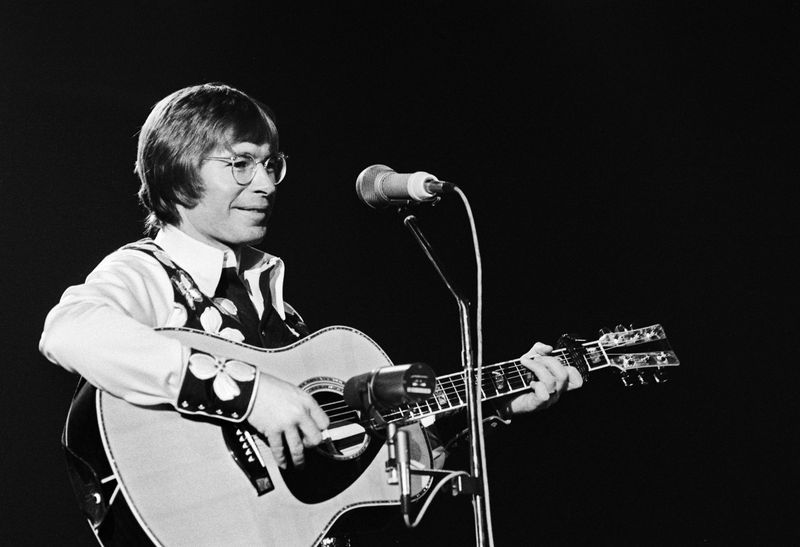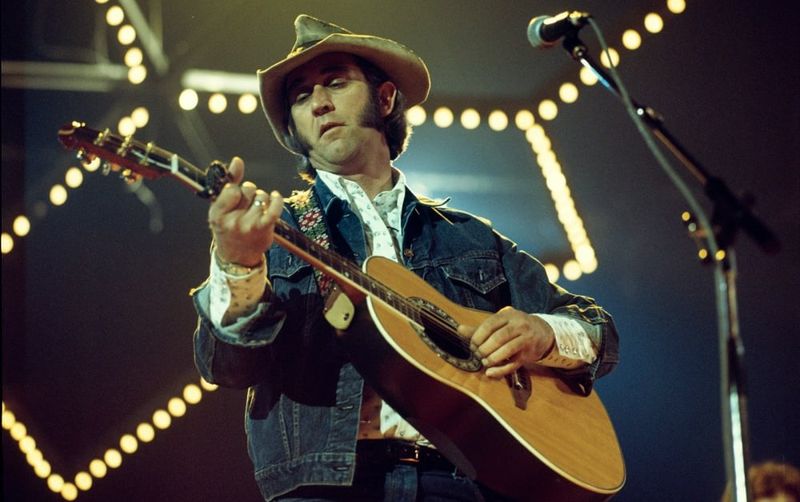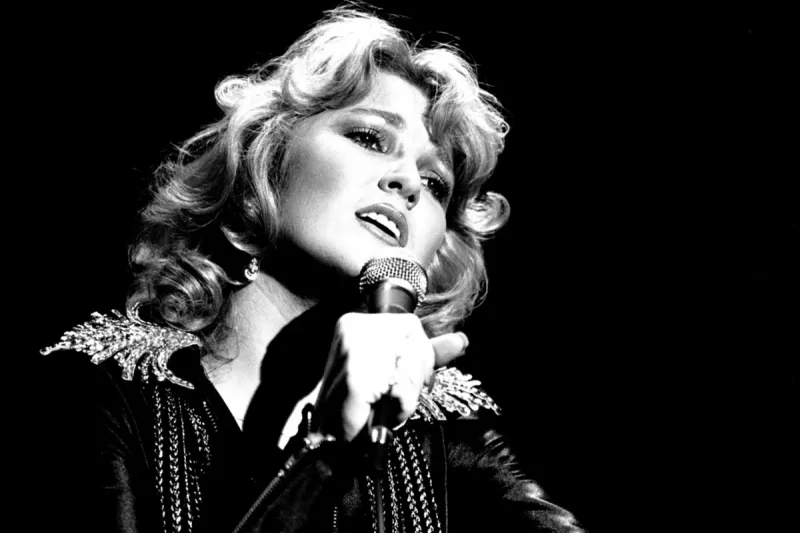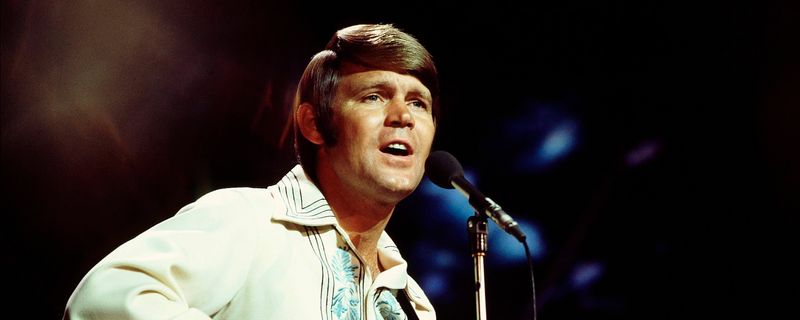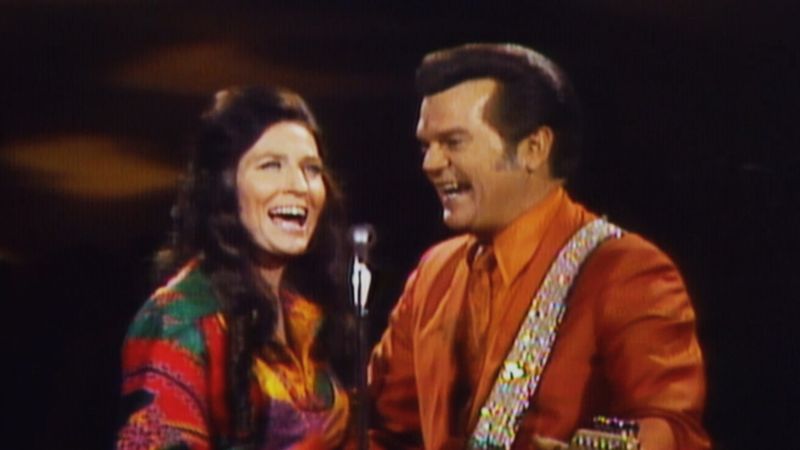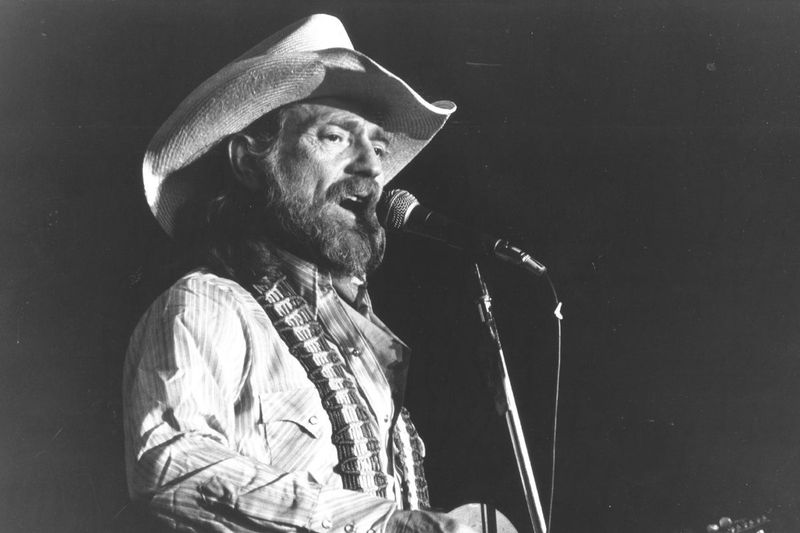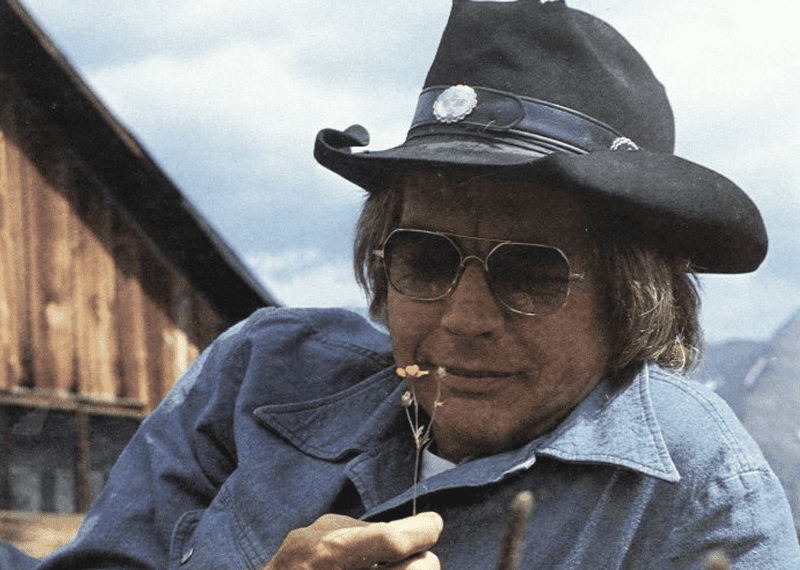Remember when country music had that special twang that made your heart sing? As 2025 approaches, it’s hard to believe these chart-topping hits first played on radios half a century ago. Back in 1975, these 15 country songs climbed to Number One on Billboard’s Hot Country Singles chart, creating memories for millions of fans. Now celebrating their golden anniversaries, these classics remind us just how quickly time flies.
1. George Jones Opened “The Door” to Country Heartbreak
Kicking off 1975 with raw emotion, George Jones delivered a masterclass in heartbreak with “The Door.” The song’s narrator walks through his empty house, remembering how his lover walked out that same door. Jones’s unmistakable voice carried the pain of lost love straight to listeners’ hearts. His ability to convey sorrow made this track an instant classic. The song became Jones’s eighth solo Number One hit when it topped the charts on January 4, 1975, cementing his nickname as “the Possum” and his reputation as country music’s premier vocalist for tales of heartache.
2. Mickey Gilley’s “City Lights” Shined Bright
Mickey Gilley breathed new life into Ray Price’s classic with his piano-driven rendition of “City Lights.” The honky-tonk performer captured the loneliness of watching bright city lights while nursing a broken heart. Gilley’s version showcased his unique blend of country and pop sensibilities that would later help fuel the Urban Cowboy movement. Fans connected with the song’s universal theme of feeling alone in a crowd. When it reached Number One on February 1, 1975, it marked Gilley’s third chart-topper and helped establish him as one of country music’s most reliable hitmakers of the decade.
3. T.G. Sheppard Battled the “Devil in the Bottle”
T.G. Sheppard’s debut single tackled addiction head-on with unflinching honesty. “Devil in the Bottle” told the story of a man’s struggle with alcoholism and its devastating effects on his life and relationships. The song’s straightforward lyrics and Sheppard’s sincere delivery resonated with listeners who either faced similar battles or knew someone who did. Country music has always excelled at addressing real-life problems. Hitting Number One on February 15, 1975, this breakthrough hit launched Sheppard’s career after years of working under different names in the music industry. The song’s success proved that authentic storytelling never goes out of style.
4. Freddy Fender’s Bilingual Breakthrough
Freddy Fender made country music history with “Before the Next Teardrop Falls.” The song’s unique format—English verses followed by a Spanish chorus—broke barriers in mainstream country music and showcased Fender’s Mexican-American heritage. His gentle, trembling voice conveyed universal heartache that transcended language barriers. The production’s simplicity highlighted Fender’s emotional delivery and the song’s beautiful melody. When it topped the chart on March 15, 1975, it didn’t just become a country Number One—it crossed over to top the pop charts too. This crossover success introduced millions of new listeners to country music and paved the way for more diverse voices in the genre.
5. Dolly Parton’s Metaphorical Masterpiece
Never one to shy away from bold statements, Dolly Parton delivered “The Bargain Store” with characteristic charm and depth. The clever lyrics compared a woman recovering from heartbreak to a discount store where “the merchandise is cheap.” Some radio stations initially banned the song for perceived suggestive content, but audiences recognized Parton’s brilliant metaphor for emotional vulnerability. Her sweet yet powerful vocals perfectly balanced the song’s tough message about resilience. Reaching Number One on March 29, 1975, this hit showcased Parton’s exceptional songwriting talents. The track remains a testament to her ability to wrap profound emotions in catchy, accessible country packages.
6. Billie Jo Spears Spread a “Blanket on the Ground”
Billie Jo Spears invited couples to rekindle romance with her playful hit about keeping marriage exciting. “Blanket on the Ground” suggested that spontaneous outdoor rendezvous could spark new flames in long-term relationships. The song’s bouncy tempo and Spears’ warm, inviting vocals created an irresistible atmosphere of fun and flirtation. Her delivery balanced wholesome charm with just enough suggestion to make listeners smile. After reaching Number One on April 26, 1975, the song became Spears’ signature hit. Its positive message about maintaining romance in marriage resonated with audiences and became an anthem for couples looking to keep their love lives fresh and exciting.
7. B.J. Thomas’s Long-Winded Heartbreak Anthem
With its memorably lengthy title, “(Hey Won’t You Play) Another Somebody Done Somebody Wrong Song” captured the essence of country heartbreak. B.J. Thomas’s smooth vocals told the story of a heartbroken man seeking comfort in sad music—a quintessential country theme. The song’s infectious melody contrasted with its melancholy lyrics, creating that perfect country music balance of sadness you can dance to. Audiences couldn’t help but sing along to the catchy chorus. When it claimed the top spot on May 17, 1975, it proved Thomas could dominate country charts just as he had pop charts. The song later won a Grammy Award and became one of the most recognizable country titles of the decade.
8. John Denver’s Rural Celebration
Few songs capture pure joy like John Denver’s fiddle-driven celebration of rural life. “Thank God I’m a Country Boy” bounced with infectious energy as Denver enthusiastically praised the simple pleasures of country living. The live recording captured the electricity of Denver’s concert performances. Audiences couldn’t help but clap along to the rapid-fire lyrics about farm life, fiddle playing, and home-cooked meals. Reaching Number One on May 31, 1975, the song crossed over from country to pop charts. Though Denver faced skepticism from traditional country fans, this hit helped cement his place in country music history and became one of his most beloved signature songs.
9. Don Williams Celebrated Friendship and Love
The Gentle Giant of country music delivered one of his most enduring hits with “You’re My Best Friend.” Don Williams’s warm baritone perfectly suited this sincere tribute to a partner who was both lover and friend. The song’s simple, heartfelt lyrics avoided country clichés in favor of genuine appreciation. Williams’s laid-back delivery made the love song feel like a comfortable conversation between old friends. Climbing to Number One on June 21, 1975, the song became Williams’s second chart-topper. Its universal message of appreciation for a life partner continues to resonate with couples who view their relationship as the most important friendship they’ll ever have.
10. Tanya Tucker’s Unlikely Biblical Tale
At just 16 years old, Tanya Tucker brought unexpected drama to country radio with “Lizzie and the Rainman.” The narrative song told the story of a drought-stricken Texas town and a mysterious rainmaker who forms a connection with a local woman. Tucker’s mature-beyond-her-years voice gave the biblical-themed story authenticity and emotional weight. The production’s driving rhythm and sweeping strings created a cinematic feel that matched the song’s dramatic storyline. When it reached Number One on July 5, 1975, it showcased Tucker’s versatility beyond the teen themes of her earlier hits. The song’s success proved that country audiences appreciated complex storytelling and Tucker’s growing artistic range.
11. Glen Campbell’s Signature Sequined Statement
Glen Campbell captured the bittersweet reality of show business dreams with “Rhinestone Cowboy.” The autobiographical song resonated with Campbell, who had struggled for years before finding fame. Its soaring chorus and uplifting strings created an anthem for every performer who ever faced rejection while chasing their dreams. Campbell’s earnest delivery perfectly balanced the song’s mix of determination and world-weariness. First topping the chart on August 23, 1975, the crossover smash became Campbell’s signature song. The hit transcended country music to become a cultural touchstone, inspiring fashion trends and entering the vocabulary as shorthand for showbiz perseverance against tough odds.
12. Conway and Loretta Shared Their “Feelins'”
Country music’s most successful duet partners, Conway Twitty and Loretta Lynn, captured romantic chemistry with their flirtatious hit “Feelins’.” Their playful vocal exchanges created the musical equivalent of watching two people fall in love in real time. The song’s suggestive lyrics pushed boundaries for 1970s country radio while remaining tasteful. Their genuine friendship and mutual respect came through in every note, making listeners believe in the romance they portrayed. Hitting Number One on September 6, 1975, the song became their fifth chart-topper as a duo. Their unmatched ability to convey romantic tension through song helped make them country music’s most beloved musical partnership.
13. Willie Nelson’s Career-Defining Tearjerker
Sometimes the simplest recordings make the biggest impact. Willie Nelson’s stripped-down version of “Blue Eyes Crying in the Rain” featured little more than his distinctive voice and acoustic guitar. The Fred Rose classic about lost love found new life through Nelson’s intimate performance. His conversational phrasing and unique timing made listeners feel like they were hearing the song for the first time, even though it had been around for decades. Climbing to Number One on October 4, 1975, this breakthrough hit from the “Red Headed Stranger” album transformed Nelson from songwriter to superstar. The song’s success helped launch the Outlaw Country movement that would revolutionize Nashville.
14. Waylon Jennings Questioned Country Traditions
Waylon Jennings threw down the gauntlet to Nashville’s establishment with his revolutionary hit “Are You Sure Hank Done It This Way.” The song openly questioned whether the music industry had lost touch with the authentic spirit of Hank Williams. The track’s hypnotic bass line and electric guitars created a sound unlike anything else on country radio. Jennings’ growling vocals delivered lyrics that challenged the slick production values taking over country music. Reaching Number One on November 15, 1975, the song became an anthem for the Outlaw Country movement. This bold statement about artistic integrity helped redefine what country music could sound like and paved the way for more authentic approaches to the genre.
15. C.W. McCall’s CB Radio Phenomenon
A novelty song became a cultural phenomenon when C.W. McCall released “Convoy.” The story of truck drivers using CB radios to organize a massive highway protest captured America’s fascination with trucker culture and anti-establishment sentiment. The song’s distinctive CB radio lingo introduced phrases like “10-4, good buddy” into everyday conversation. McCall’s spoken-word delivery over a driving beat created a cinematic experience that played like a mini-movie. Beginning its six-week run at Number One on December 20, 1975, “Convoy” became the longest-running chart-topper of the year. The song inspired a national CB radio craze, a major motion picture, and remains the ultimate trucking anthem fifty years later.
